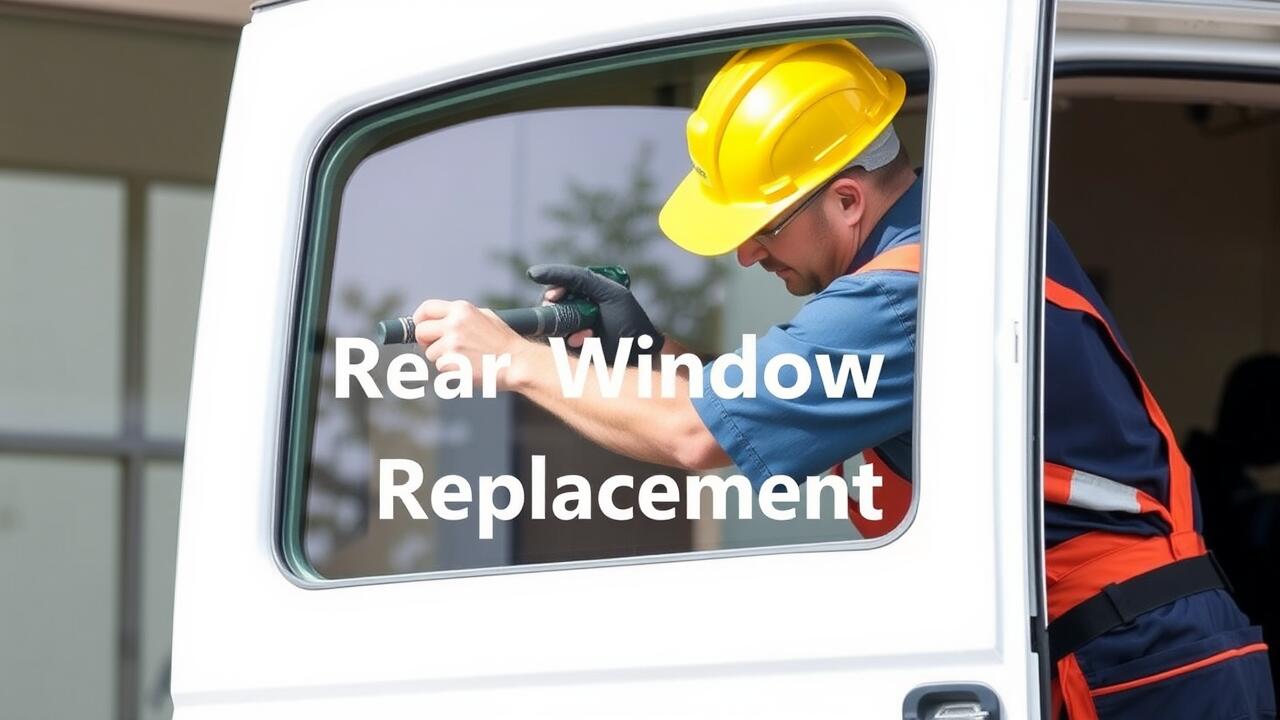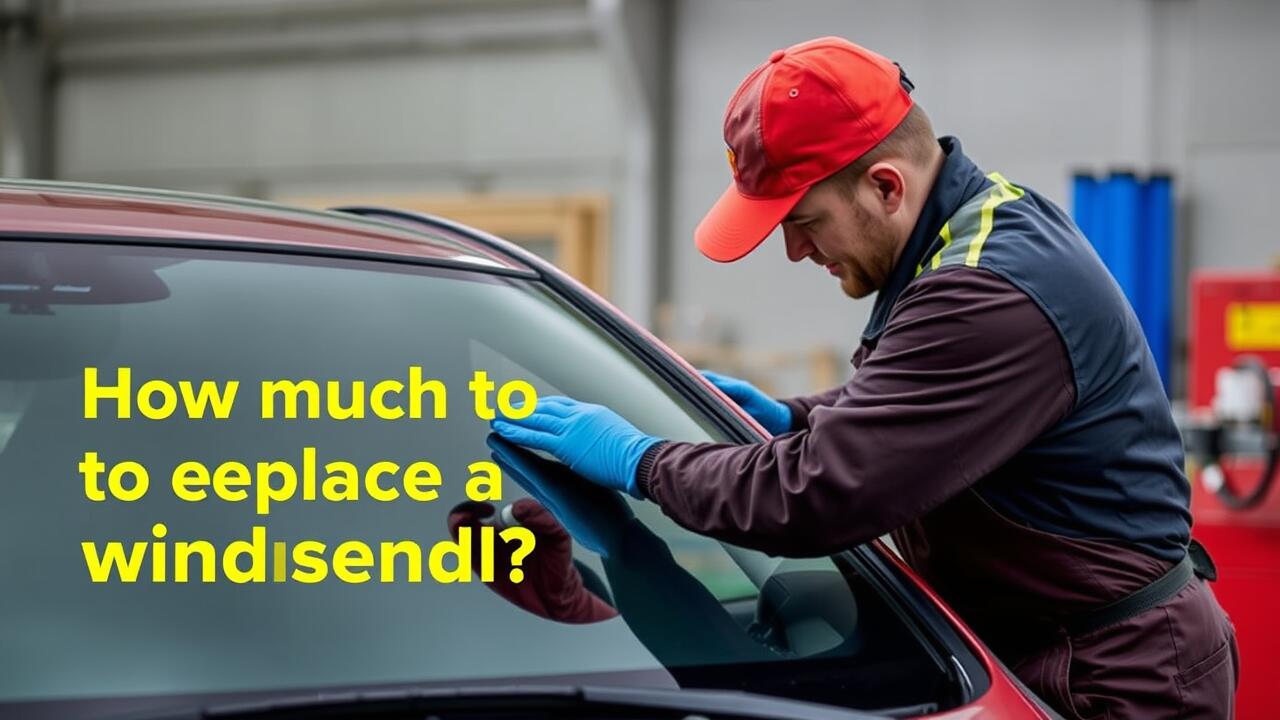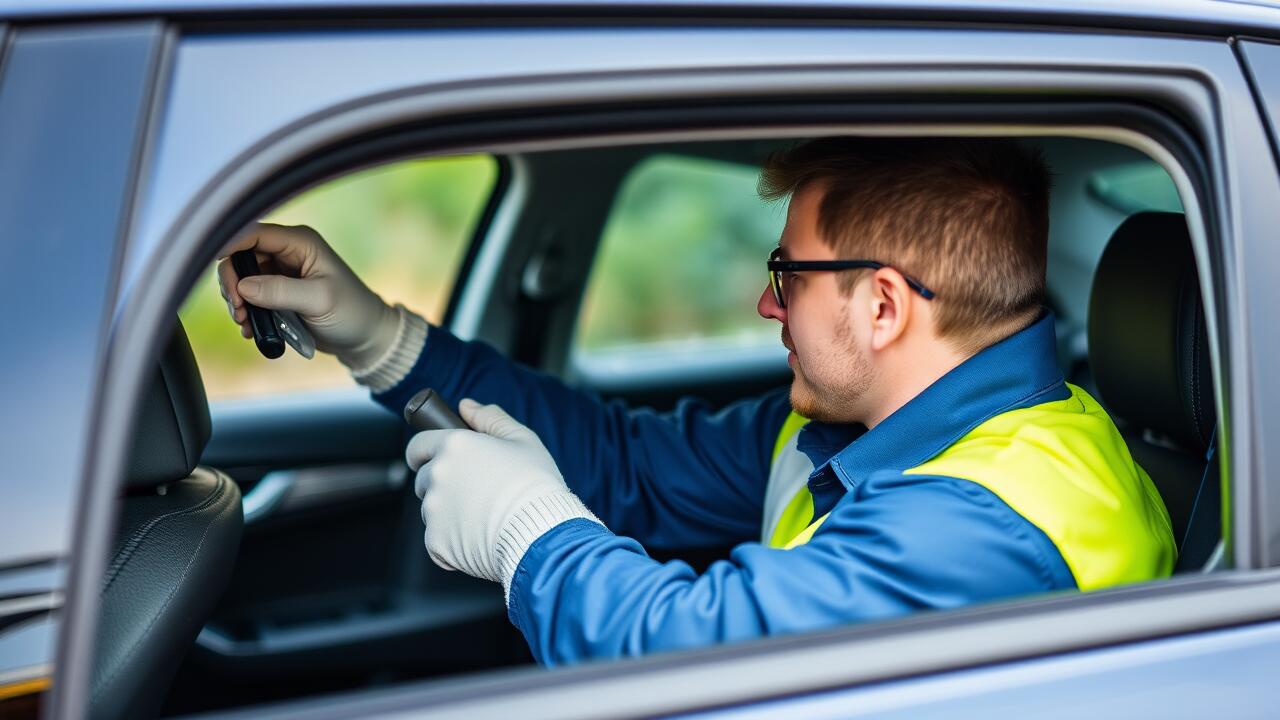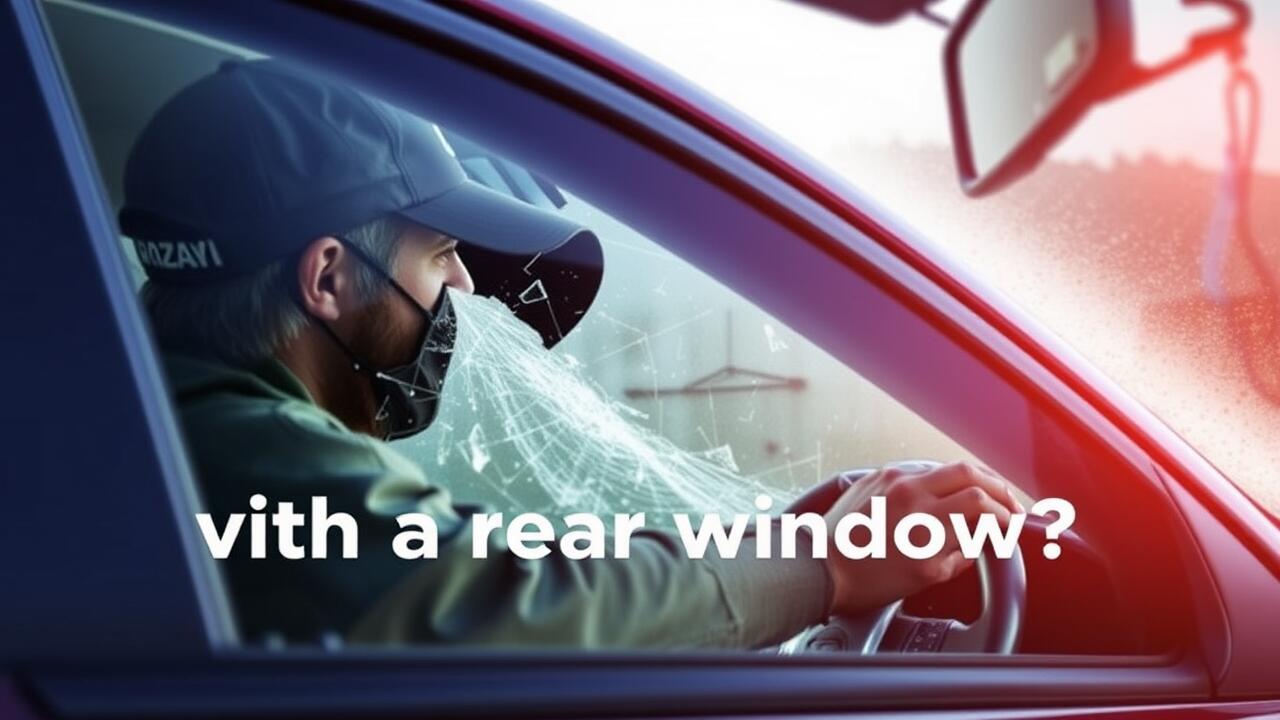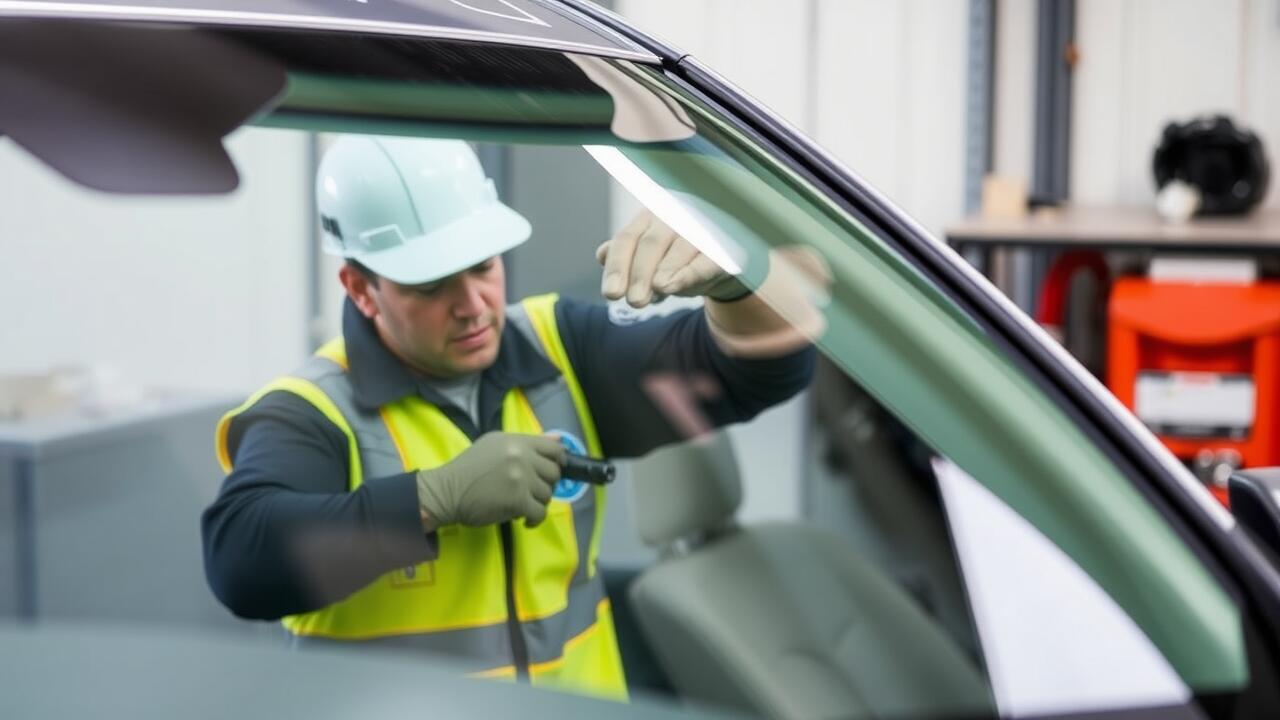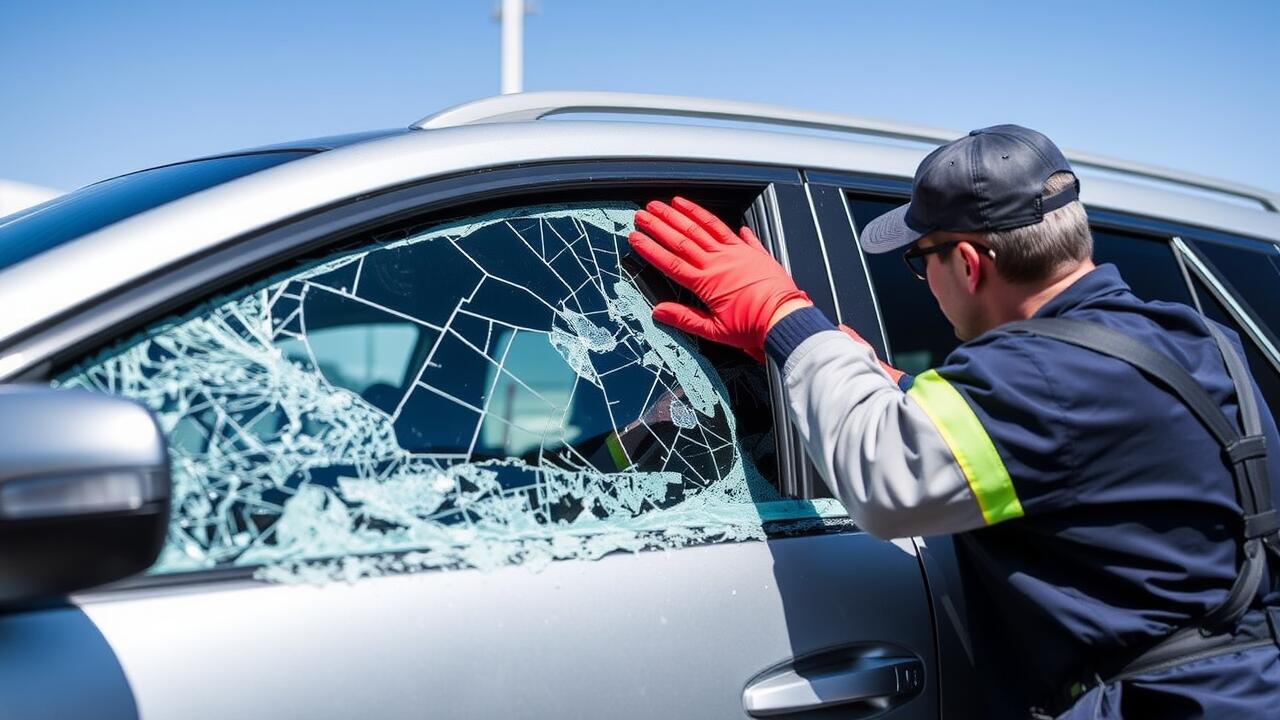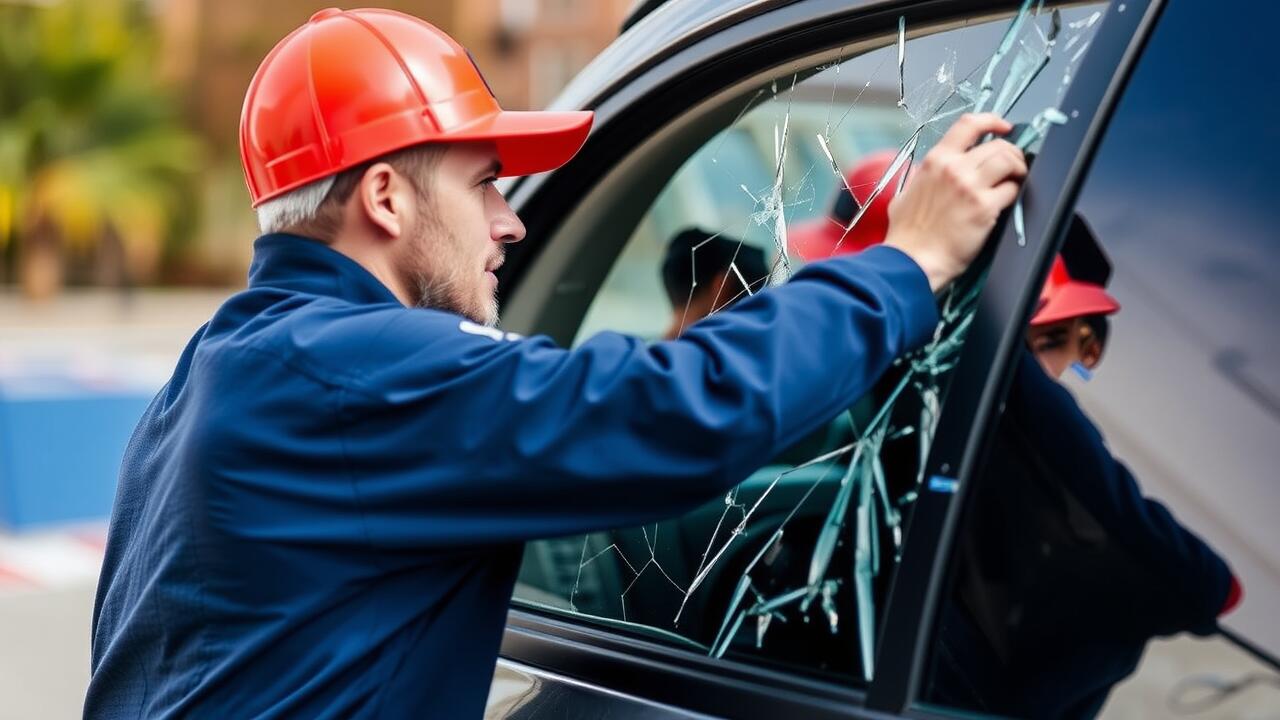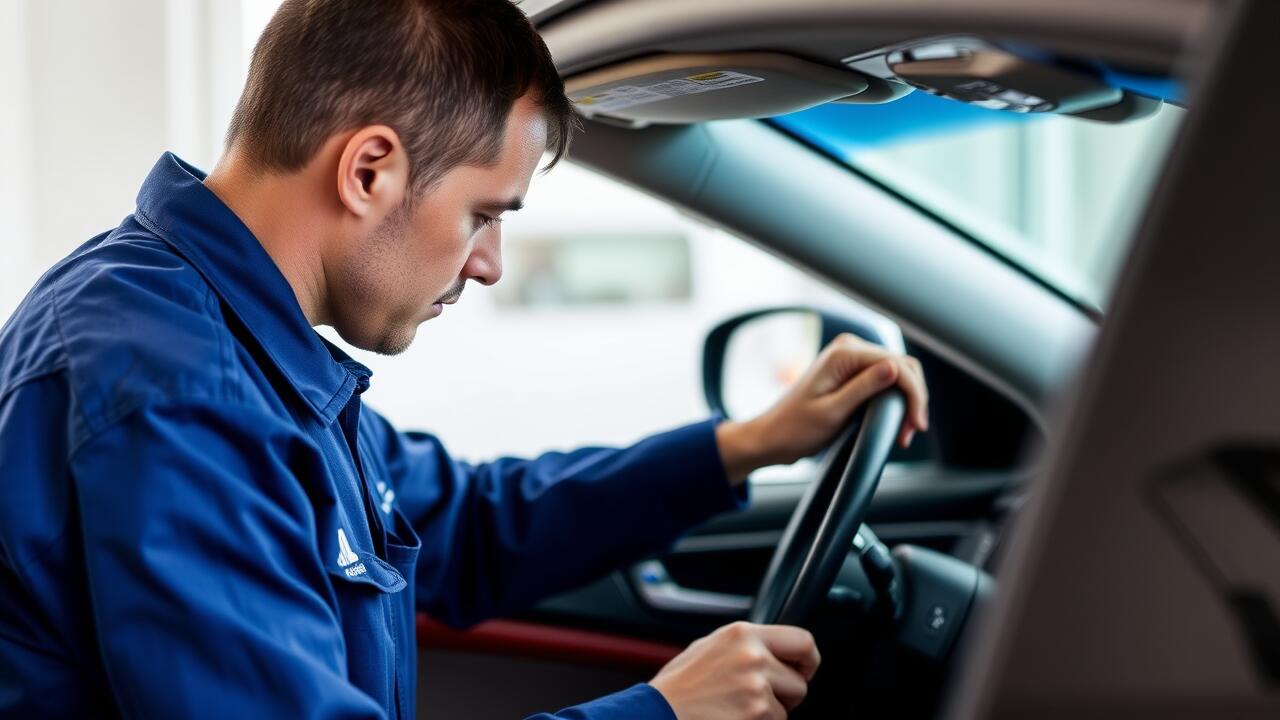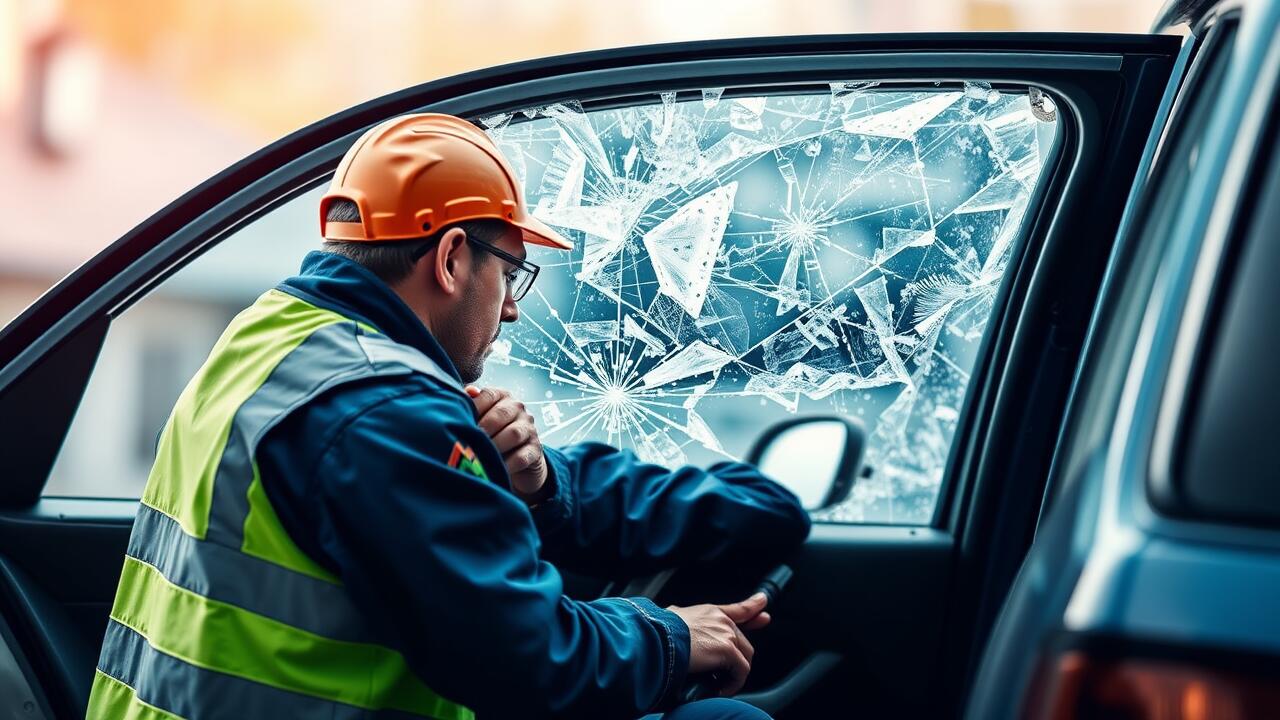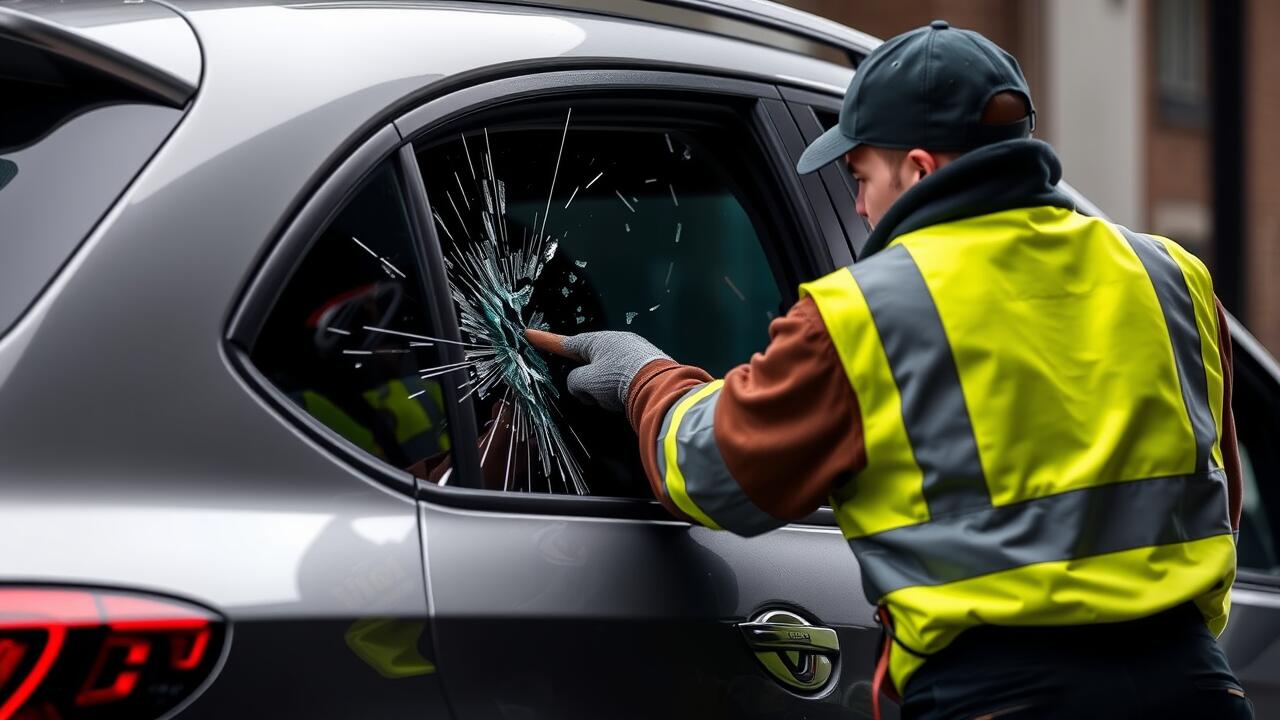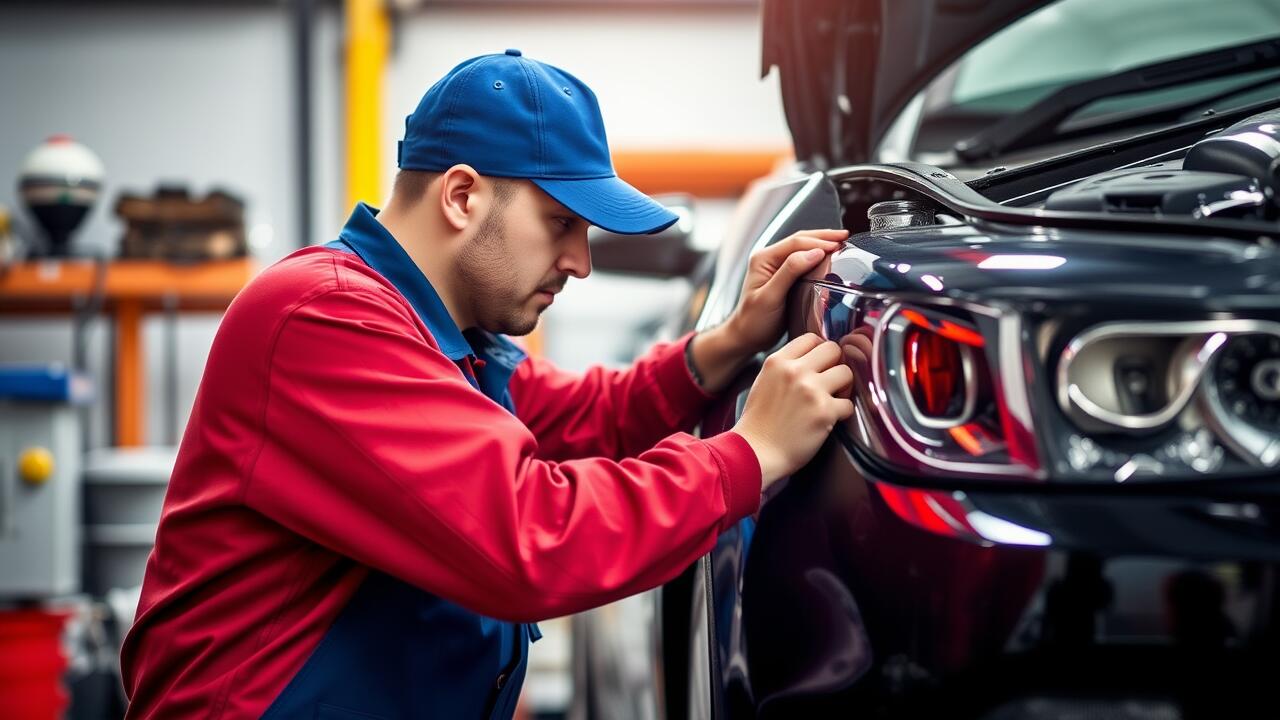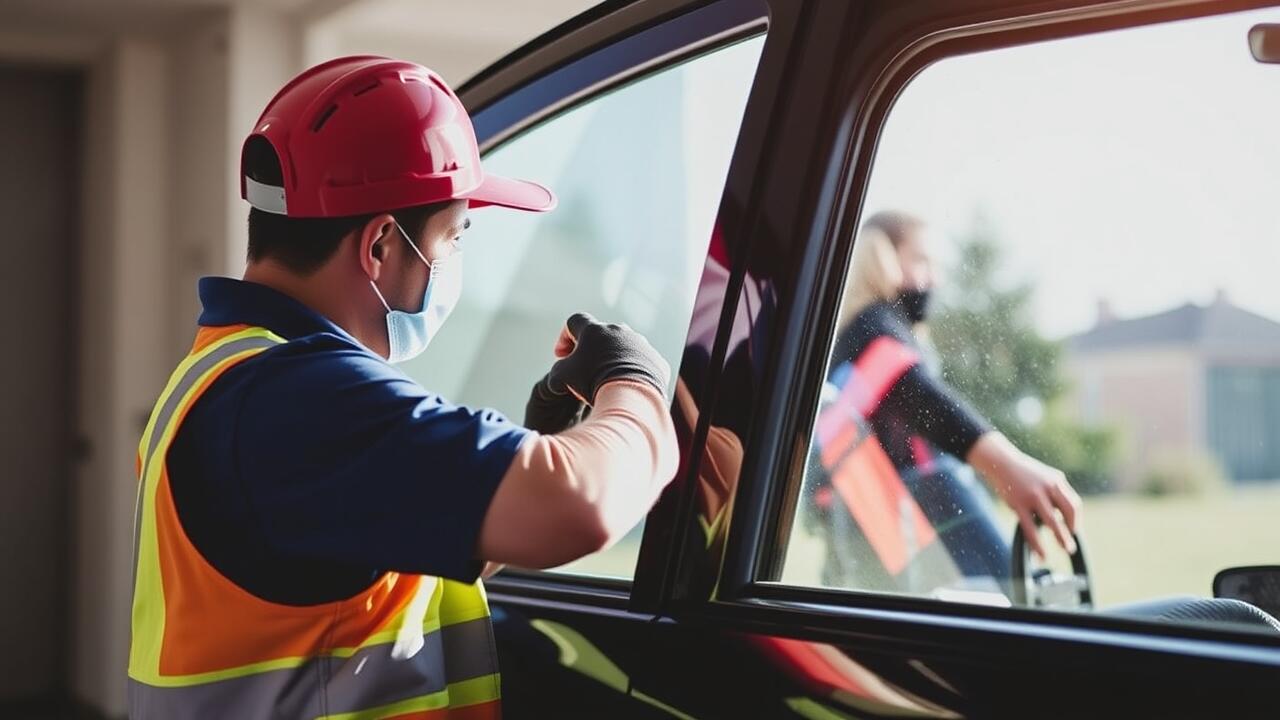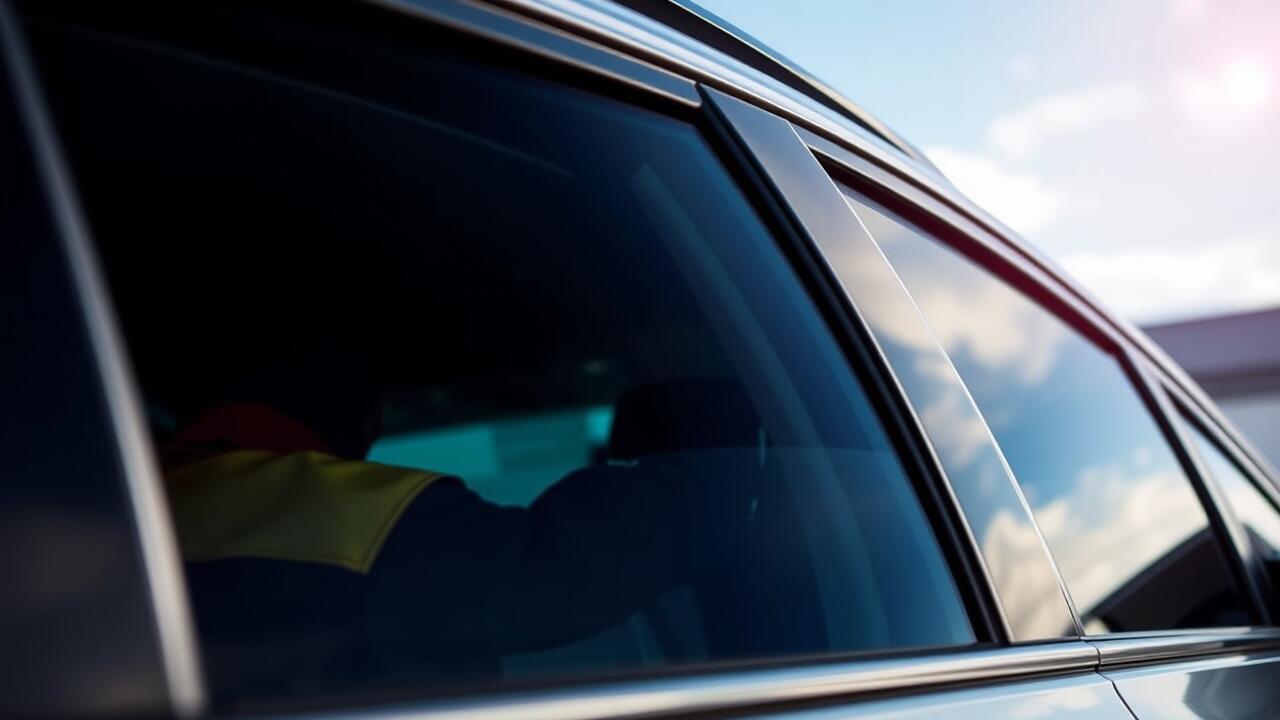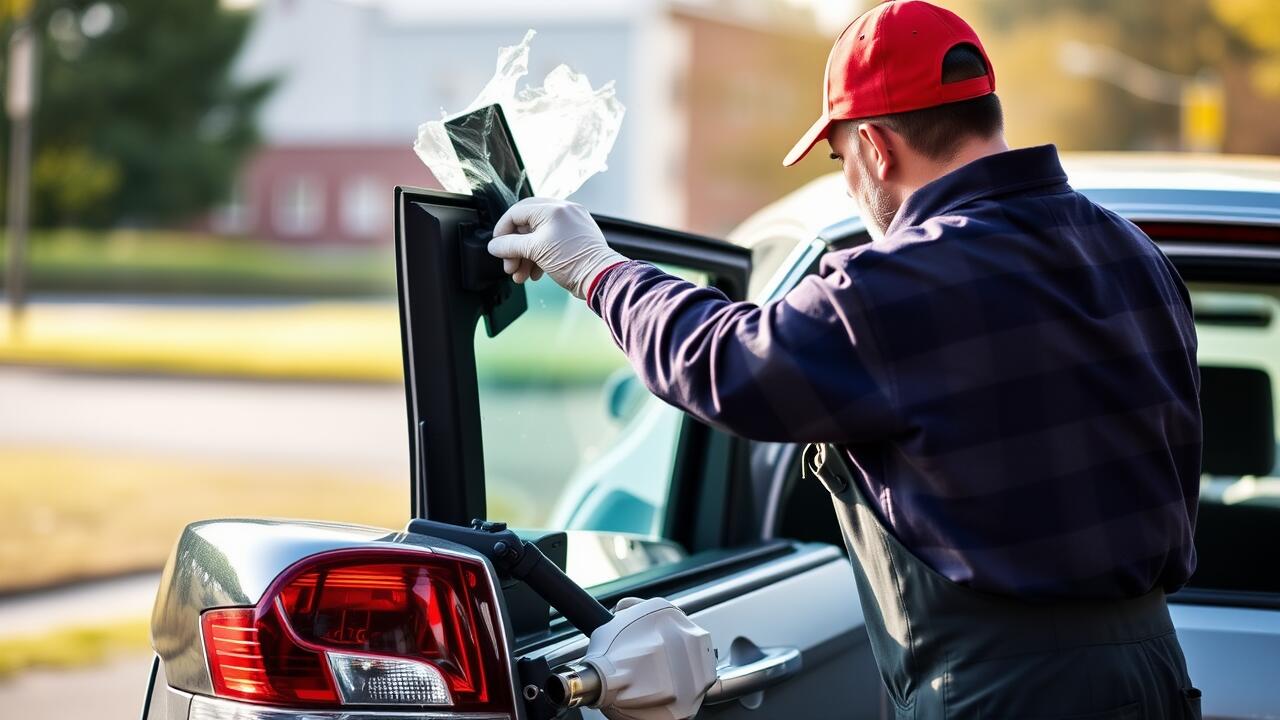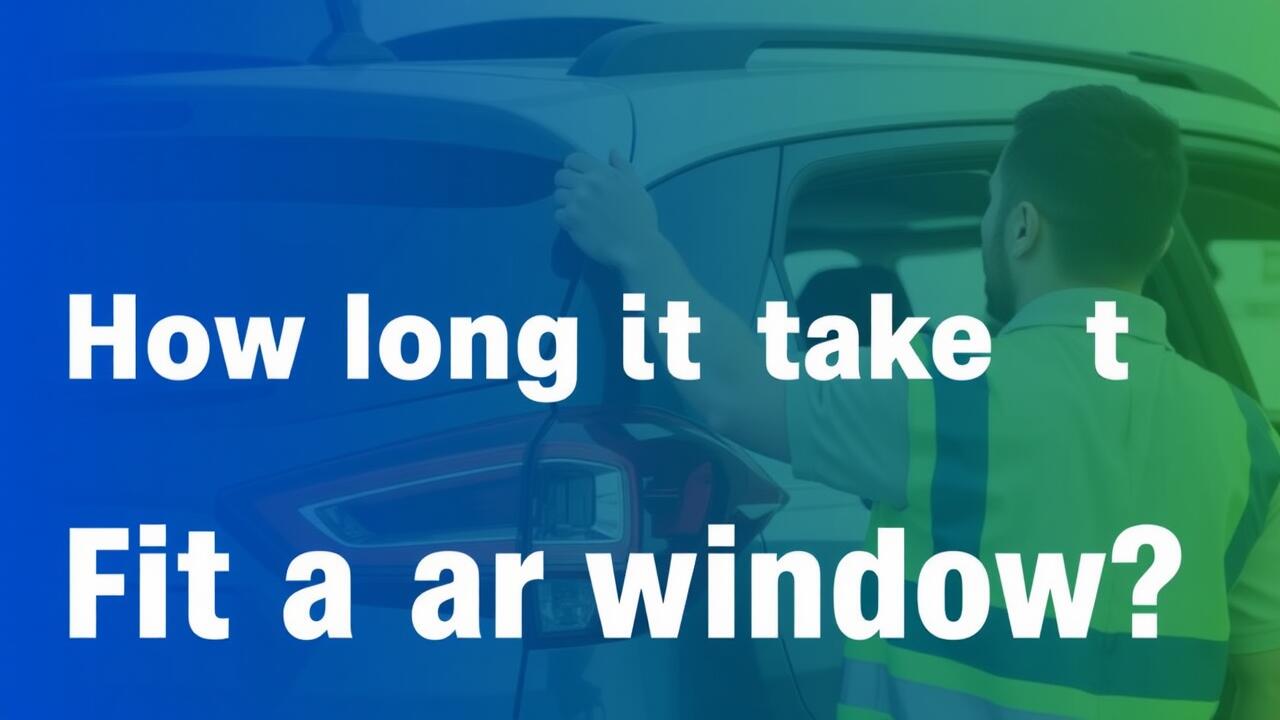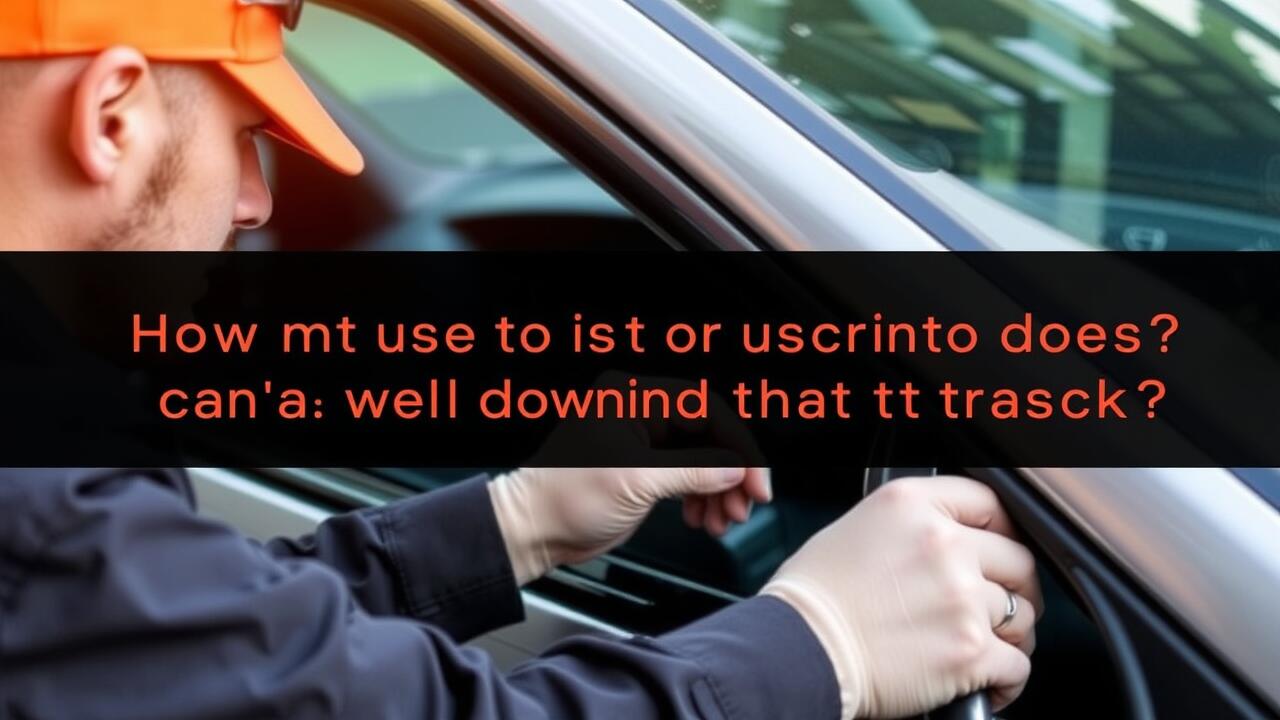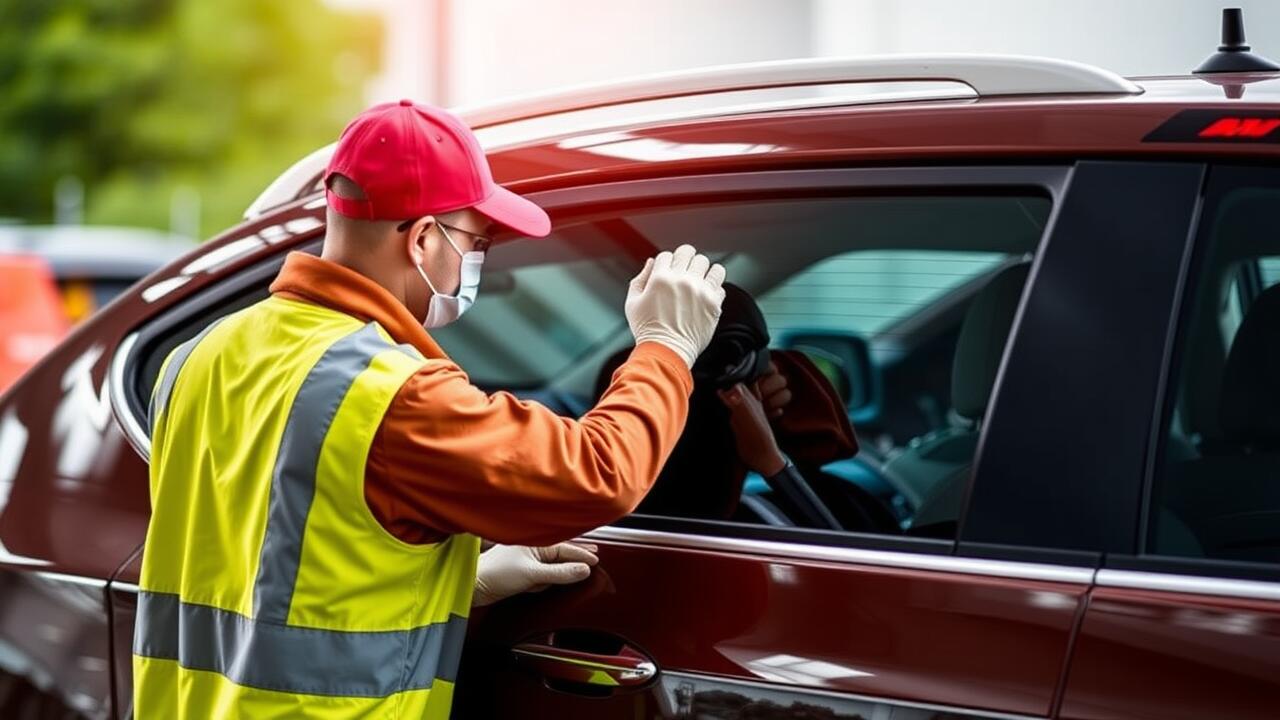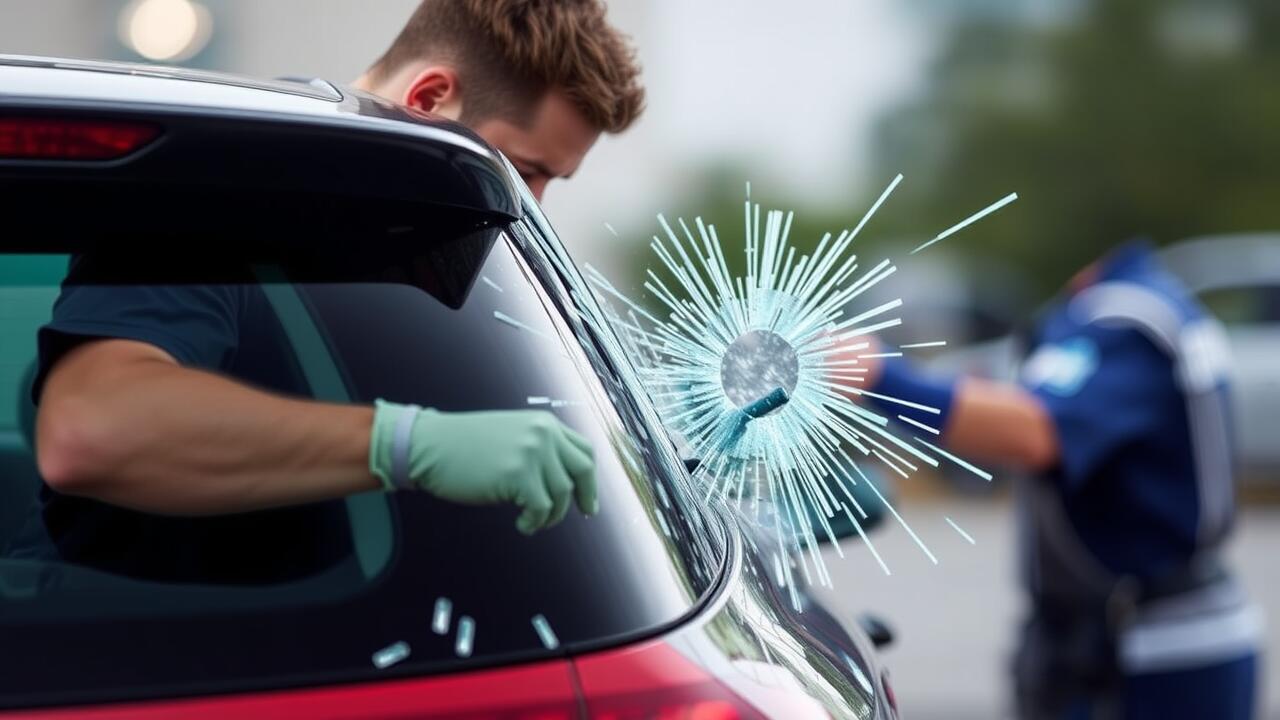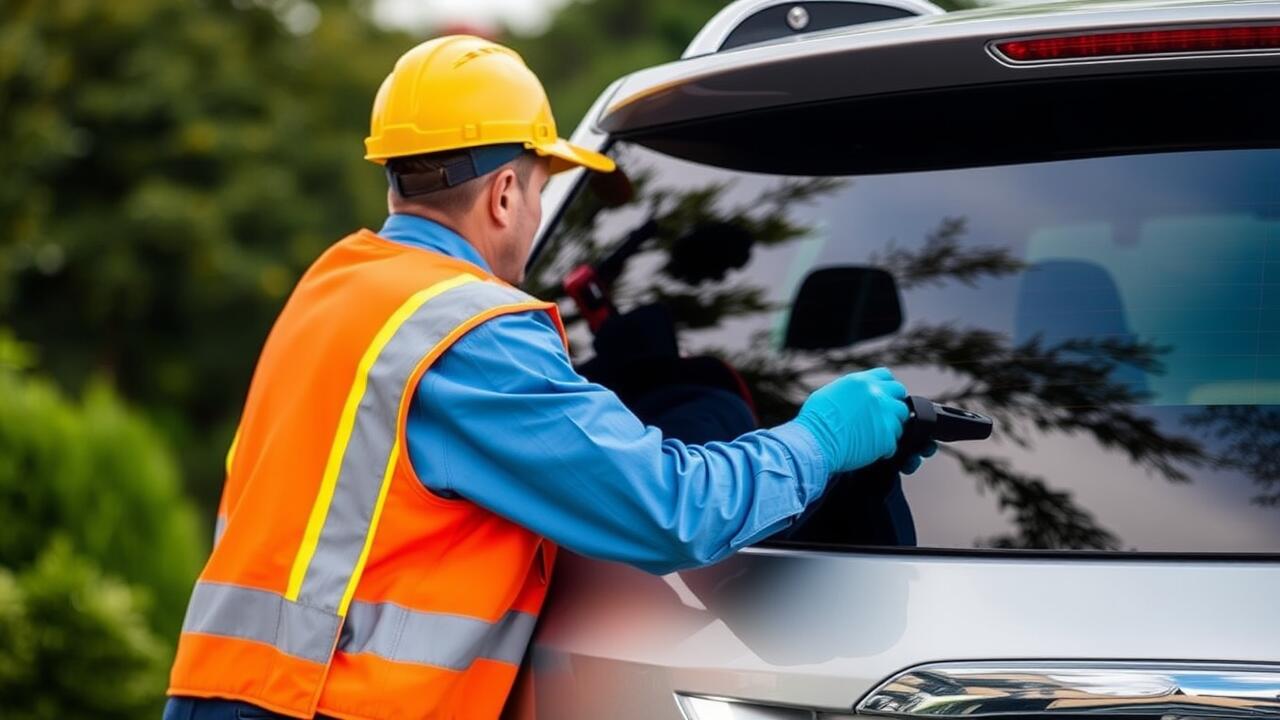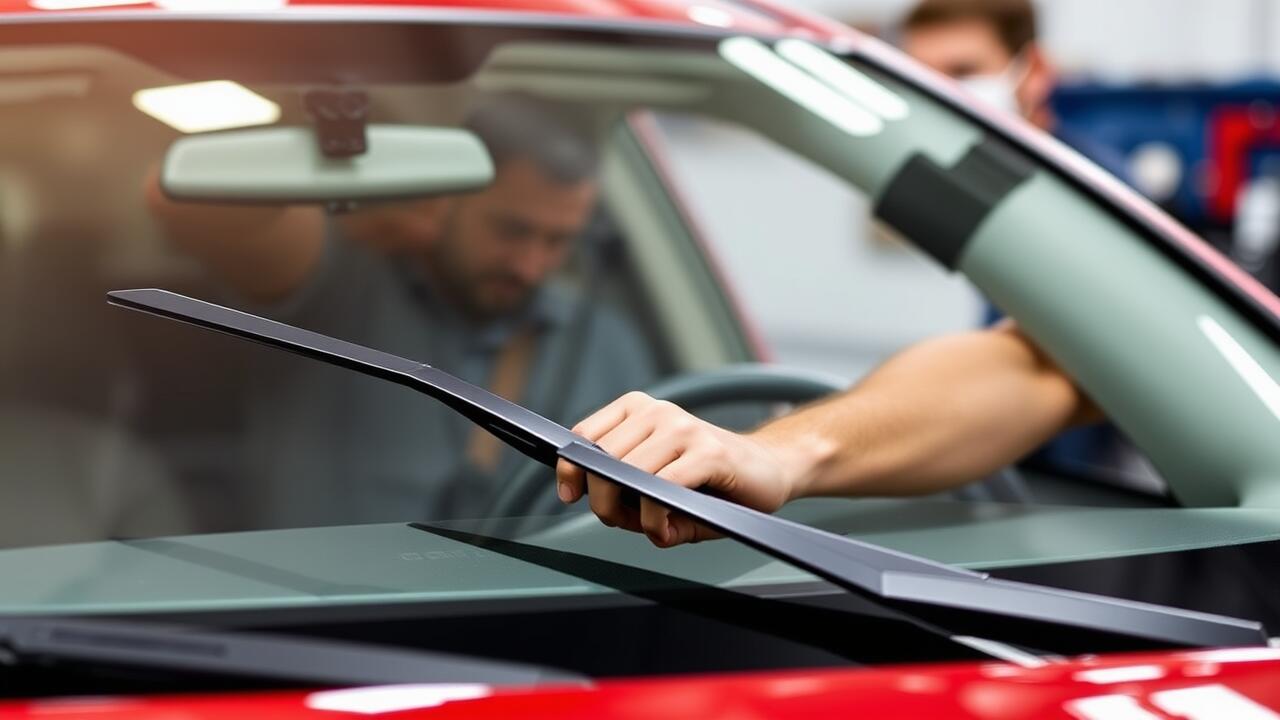
Table Of Contents
Employing Cardboard as a Temporary Solution
Cardboard serves as a practical and readily available option for temporarily covering a broken back window. This solution is particularly useful when you need immediate protection for your vehicle and are waiting for a more permanent fix. Make sure to select a piece that is large enough to cover the opening completely. While the cardboard can provide a buffer against rain and debris, it may not withstand heavy winds or impact very well.
When utilizing cardboard to cover the broken rear window, secure it firmly in place to prevent it from shifting or falling out. Use packing tape or duct tape to attach it to the edges of the window frame. Keep in mind that this is a temporary fix, and seeking professional assistance for a rear window replacement should be a priority as soon as possible. Frequent checks on the cardboard's condition will ensure it continues to serve its purpose effectively.
Best Practices for Using Cardboard
When using cardboard as a temporary solution for a broken back window, it is essential to select sturdy, high-quality cardboard. Make sure to cut the cardboard to the exact dimensions of the window frame for a snug fit. Use strong duct tape to secure the cardboard in place. This will help to reinforce the structure and minimize the chances of it being easily dislodged by wind or other factors. The goal is to create a barrier that stays intact until a professional rear window replacement can be performed.
Proper sealing is crucial to prevent debris and noise from entering the vehicle. Inspect the tape edges, ensuring they are firmly attached to the car’s surface. If the cardboard is not sealed effectively, it may allow moisture to seep in or objects to enter, which could result in further damage. Keep in mind that these temporary measures should only be a short-term solution. Planning for a permanent rear window replacement as soon as possible should remain a priority.
Ensuring Visibility While Temporary Covering
When temporarily covering a broken back window, ensuring clear visibility is crucial for safe driving. A solution that obstructs the driver's view could lead to accidents, making it essential to prioritize transparency in your temporary covering technique. Using materials that allow light to filter through, such as clear plastic sheeting or a heavy-duty see-through bag, can help maintain an unobstructed view while safeguarding the interior from outside elements.
It's also important to check local regulations regarding visibility requirements for vehicles. In many states, driving with a covered rear window may not be permissible, even as a temporary measure. If visibility becomes a risk, it may be necessary to consider options for quick Rear Window Replacement, ensuring compliance while maintaining safety on the road. Taking these precautions not only enhances driving safety but also avoids potential fines or legal issues associated with impaired visibility.
Considerations for Safety and Legal Compliance
When addressing the challenge of a broken back window, safety should be a top priority, especially if you need to drive before a Rear Window Replacement can occur. It is crucial to ensure that any temporary covering does not obstruct your view or the view of other drivers. Obscured visibility can lead to dangerous situations on the road, increasing the risk of accidents. Law enforcement may also take notice if your vehicle appears unsafe or unroadworthy, leading to potential fines or further complications.
Legal compliance extends beyond visibility concerns. Many states have regulations regarding vehicles with damaged windows, particularly concerning the use of temporary covers. It's important to check local laws to avoid penalties. Failing to adhere to these regulations may result in traffic stops or citations, making a swift Rear Window Replacement even more urgent. Choosing materials that meet legal requirements can help prevent any unwanted interactions with law enforcement during this period.
Dealing with Weather Conditions
Exposure to weather can exacerbate the issues caused by a broken back window. Rain, snow, and extreme temperatures can lead to moisture entering the vehicle, potentially damaging the interior and electrical components. Covering the broken window with a waterproof tarp or plastic sheeting can mitigate these effects until a proper rear window replacement can be arranged. Ensure that the covering is secured tightly to prevent it from blowing away during strong winds.
Additionally, sunlight can warp and damage car interiors when left exposed. Using reflective materials or window film can help protect against UV rays while you await a rear window replacement. Regularly check your temporary covering for wear and tear, replacing it as necessary to maintain your vehicle’s protection from the elements.
How to Protect Your Vehicle from the Elements
When dealing with a broken back window, protecting your vehicle from the elements becomes crucial. Rain, snow, and strong winds can lead to further damage inside the car. Covering the broken area with durable plastic sheeting can help keep moisture out. Ensure the plastic is secured tightly around the edges to prevent it from blowing away. As a temporary measure, this method offers a degree of protection while you arrange for a Rear Window Replacement.
In addition to using plastic sheeting, consider placing towels or blankets inside the vehicle to absorb any moisture that might seep through. This adds an extra layer of defense against potential water damage. Avoid parking under trees as falling branches or debris can worsen the situation. Taking these precautions can help maintain your vehicle's interior condition until you can schedule the necessary repairs.
FAQS
What materials can I use to temporarily cover a broken back window?
You can use materials like cardboard, plastic sheeting, or heavy-duty garbage bags to cover a broken back window temporarily.
How do I ensure that the temporary cover won’t obstruct my view while driving?
When applying the temporary cover, make sure to use clear materials or cut out sections that won't obstruct your view. Always prioritize visibility to ensure safe driving.
Are there any legal considerations when covering a broken back window?
Yes, many states have laws regarding vehicle visibility and safety. It’s important to check your local regulations to ensure that your temporary cover complies with these laws.
How can I protect my vehicle from rain or other weather conditions with a temporary cover?
To protect your vehicle from the elements, use waterproof materials like plastic sheeting or heavy-duty garbage bags. Make sure to securely seal the edges to prevent water from seeping in.
How long can I keep a temporary cover on my broken back window?
A temporary cover should only be used until you can get the window repaired or replaced. It’s advisable not to keep it on for more than a few days, as it may not provide adequate protection or legality for prolonged use.
